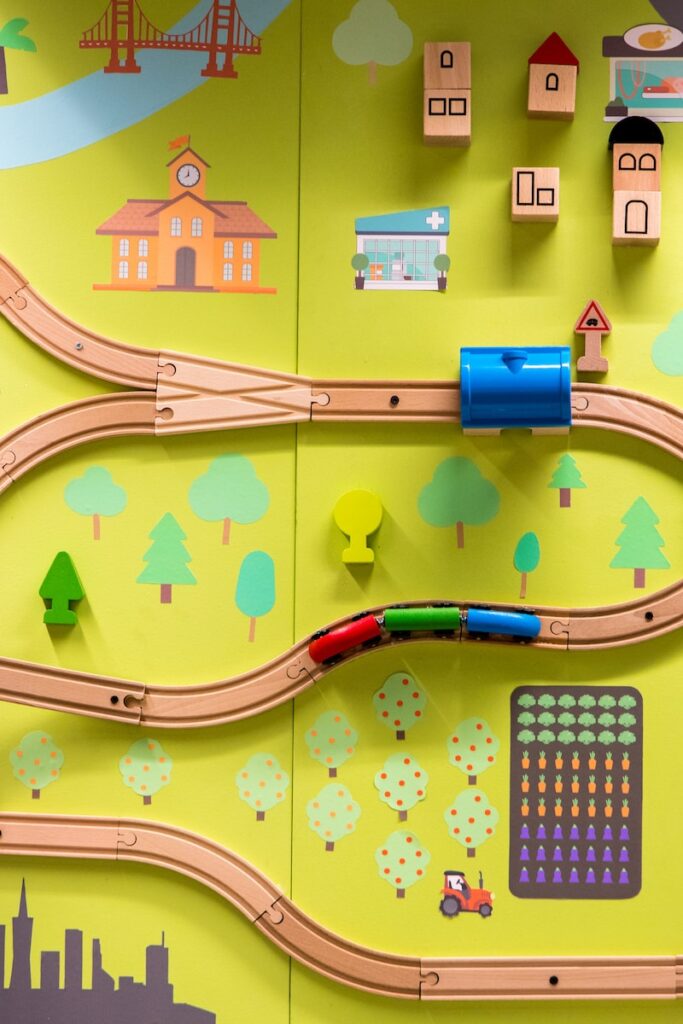
Welcome to the Foster Parenting Journey
Welcome to the ultimate guide for new foster parents! Navigating the foster parenting system can be both rewarding and challenging. As you embark on this journey, preparing yourself with the skills, resources, and knowledge necessary for a safe and loving environment for the foster children in your care is crucial.
In this guide, we will examine the ins and outs of the foster parenting system, offering practical tips, expert advice, and valuable insights to help you navigate this unique path. Whether you're just starting or have already welcomed foster children into your home, this guide will support you every step of the way.
The Importance of Foster Parenting
Foster parenting is vital in providing temporary care and support to children unable to live with their birth families. By opening my home and heart to children, I can strongly impact their lives in their time of need. Offering a stable and nurturing environment, foster parents can provide the love, guidance, and stability these children need during a challenging time. Through fostering, I have the opportunity to help children heal from past traumas, develop essential life skills, and cultivate a sense of belonging and self-worth. Your commitment to foster parenting can transform a child's life and shape their future meaningfully.
Navigating the Foster Parenting System
The Foster Parenting Process Explained
Navigating the foster parenting system involves several steps, including:
- Orientation and Training: Learn about the requirements, responsibilities, and expectations of being a foster parent through orientation sessions and specialized training programs.
- Licensing and Home Study: Complete the licensing process, which includes home inspections, background checks, and a comprehensive home study evaluation to ensure a safe and suitable environment for foster children.
- Matching and Placement: Work closely with social workers and agencies to identify the right foster child for your family based on age, needs, and compatibility.
- Transition and Support: Prepare for the arrival of the foster child, assist with the transition process, and access support services, including ongoing training, counseling, and community resources.

Creating a Supportive Home Environment
To provide a nurturing home for foster children, consider the following:
- Childproofing: Ensure your home is safe and secure by addressing potential hazards and modifying them to accommodate their needs.
- Establishing Routines: Create predictable routines and schedules that offer stability and help foster children feel secure in their new environment.
- Building a Support Network: Connect with other foster parents, support groups, and local organizations to establish a network of support and guidance. I have a group: Foster Mom Strong; here, you will find support from seasoned foster families and connect with new families as well.
Understanding Trauma-Informed Parenting
Many foster children have experienced trauma and require trauma-informed care. Consider the following strategies:
- Empathy and Understanding: Approach foster parenting with empathy, recognizing that past traumas may influence each child's experiences and reactions.
- Building Trust: Build trust through consistent, patient, and compassionate interactions. Be reliable, respectful, and responsive to the child's needs.
- Therapeutic Techniques: Educate yourself on trauma-informed therapeutic techniques, such as deep breathing exercises, grounding techniques, and expressive arts, to help foster children manage their emotions. Make sure you have a therapist for yourself and your family; secondary trauma is not usually covered in any training, but it is a real factor when fostering and having a game plan to address it for yourself and your household is crucial.
Nurturing Positive Relationships
Building Trust and Attachment
Developing a strong bond with foster children is crucial for their emotional well-being. Consider these approaches:
- Patience and Understanding: Understand that trust and attachment take time. Be patient and provide consistent love and support to foster children. I start attachment therapy for all children that come to stay with me; even if they don't stay for a long time, attachment therapy can only benefit them when they have been removed from their homes.
- Engaging Activities: Engage in activities that promote connection, such as reading together, playing games, or participating in hobbies that interest the child. Some of these activities will be the first time they have ever played or had someone sit down and read to them. I had two little boys with me over the summer, and on the 4th of July, they were bouncing off the walls, and I said, “If you guys don't calm down, we won't go to see the fireworks; we will just stay home and only watch what we have here at home.” Come to find out, they had never seen fireworks and had no idea what they were missing. We did see the fireworks, and they were amazed, and years later, they still talk about the first time they saw them.
- Open Communication: Foster open and honest communication, encouraging the child to express their thoughts, feelings, and concerns. This is beautiful and heartbreaking at the same time, and why therapy should be established for the child and for yourself.
Collaborating with Birth Parents and Families

Recognize the importance of maintaining positive relationships with birth parents and families:
- Respectful Communication: Maintain respectful and open communication with birth parents, ensuring they are informed about the child's well-being and progress. Most times, this is through the caseworker, but there are times when you will have direct contact with birth parents. Family members that have children come live with them will usually have contact with the birth family.
- Co-Parenting: Embrace co-parenting by involving birth parents in important decisions and fostering collaboration when appropriate. I consistently provide pictures, appointments, and special occasions with family members when it is safe to do so.
- Cultural Sensitivity: Respect and value their birth family's cultural background and heritage. Learn as much as possible about your child's culture if it differs from yours. Since fostering, I assumed families celebrated the basic holidays, but that is not always the case, and I was very surprised.
Navigating Challenges in Foster Parenting
Dealing with Emotional Challenges
Foster parenting can bring emotional challenges. Consider the following strategies:
- Self-Care: Prioritize self-care to maintain your well-being, ensuring you have the energy and resilience to support the foster children in your care. I learned that self-care was not just a day at the spa or getting a mani-pedi but actually taking care of my needs on a daily basis. Being a foster parent can have you in crisis mode daily, and putting yourself on the back burner is really easy.
- Seek Support: Reach out to support networks, including support groups, therapists, or counselors, to process your emotions and seek guidance when needed.
- Flexibility and Adaptability: Embrace flexibility and adaptability in your parenting approach, understanding that each foster child's needs may differ.
Foster Parenting Organizations and Agencies
Connect with national and local companies that provide support, resources, and advocacy for foster parents, such as:
- National Foster Parent Association (NFPA)
- Children's Bureau
- Child Welfare Information Gateway
- Foster Mom Strong
Online Communities and Support Groups
Join online communities and support groups for foster parents to share experiences, seek advice, and find a sense of camaraderie with others on a similar journey.
Training and Education Opportunities
Explore training programs and educational resources for foster parents to enhance their knowledge and skills in trauma-informed care, behavior management, and cultural competence.
Frequently Asked Questions (FAQs)
Can I choose the age or gender of the foster child I welcome into my home?
While preferences can be taken into account, it's essential to remain open-minded and flexible to best meet the needs of children in care in your community.
What financial support is available for foster parents?
Financial support varies depending on the jurisdiction and the needs of the child. Foster parents may receive a monthly stipend to cover the child's expenses.
Can I adopt a foster child if I develop a strong bond?
Adoption may be possible if reunification with the birth family is not feasible. However, adoption processes differ by jurisdiction, so it's important to understand the requirements and procedures.
How can I advocate for the foster child's educational needs?
Foster parents can collaborate with teachers, attend school meetings, and ensure the child receives appropriate educational support. In addition, foster care agencies may guide advocating for educational needs.
What rights do foster parents have in decision-making for the child?
Foster parents play a significant role in decision-making, but final decisions are typically made by child welfare professionals and the court system with the child's best interests in mind.
What resources are available to help foster children transition into a new school?
School liaisons, guidance counselors, and foster care agencies can provide support in navigating school transitions and accessing necessary resources.
Embrace the Journey of Foster Parenting
Navigating the foster parenting system can be both challenging and rewarding. By equipping yourself with knowledge, seeking support, and fostering strong relationships, you can positively impact the lives of foster children. Remember, you are not alone in this journey—reach out to the resources available, connect with fellow foster parents, and embrace the opportunity to provide a loving and nurturing environment for these deserving children.
Through dedication, empathy, and resilience, you can navigate the foster parenting system and make a lasting difference in the lives of foster children. Embrace the journey and embrace the chance to make a positive impact. Becoming a foster parent has been one of the most challenging and rewarding decisions I have ever made in my life.



